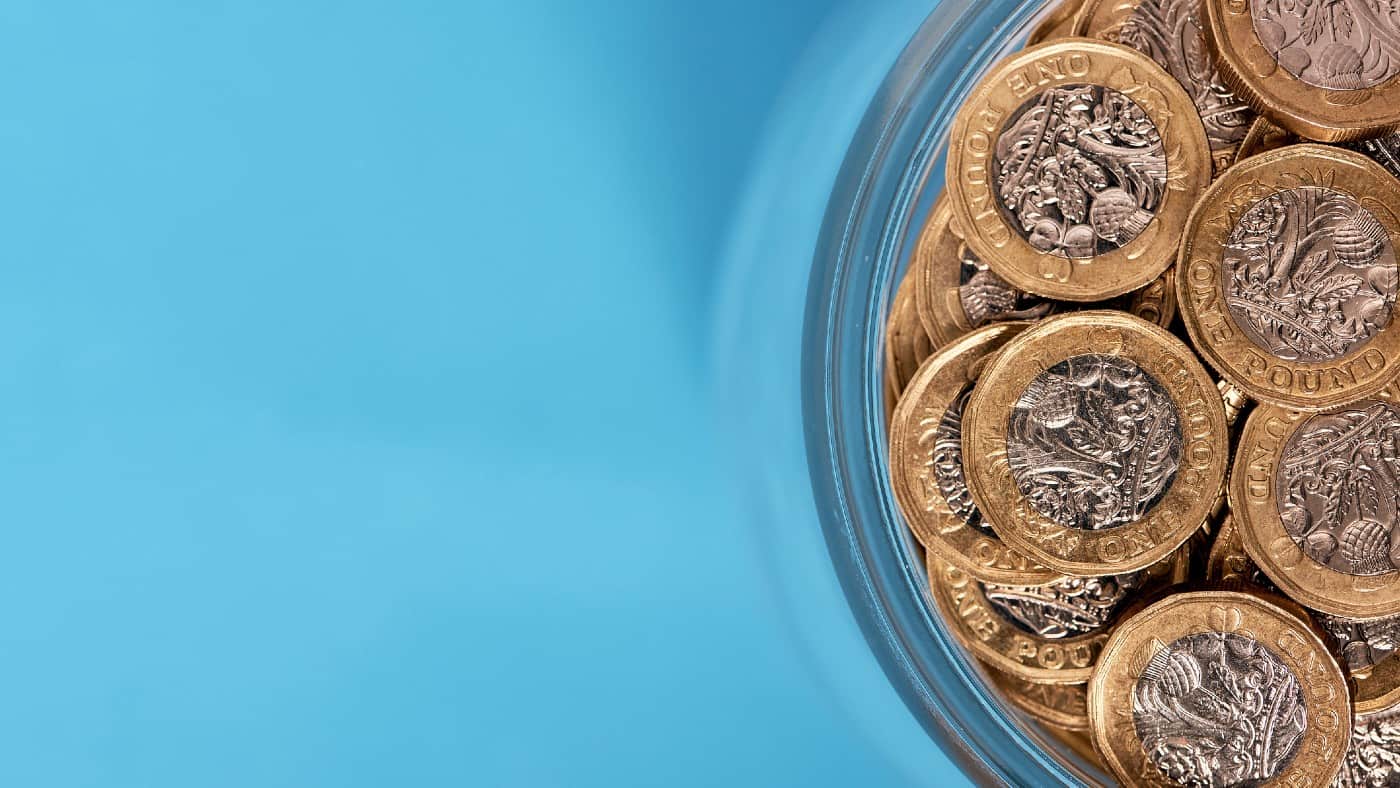£20,000 in an ISA? Here’s how it could be used to target passive income of £775 each month


One very popular way people earn passive income nowadays is through blue-chip companies paying dividends into their Stocks and Shares ISA accounts.
As shareholders, they’re entitled to a slice of the profits, assuming the business has successfully generated any. How big that share is, of course, depends on the amount they have invested in the company.
Let’s use £20,000 as an example. I say this figure because it’s the annual contribution limit for a Stocks and Shares ISA. Were an investor to buy five stocks that pay an average 7% dividend yield, they would bag £1,400 a year in passive income. Right off the bat.
That’s equivalent to £116 a month, discounting any platform fees. Better still, that income — and all future income streams, assuming the ISA rules aren’t changed one day — would be totally tax-free.
Please note that tax treatment depends on the individual circumstances of each client and may be subject to change in future. The content in this article is provided for information purposes only. It is not intended to be, neither does it constitute, any form of tax advice. Readers are responsible for carrying out their own due diligence and for obtaining professional advice before making any investment decisions.
Dividend reinvesting
There’s another potentially more lucrative way though, which would involve reinvesting dividend income rather than spending it.
In this case, £20,000 invested at an average compound annual growth rate of 9% – involving modest share price growth and regular dividends – would become roughly £133,000 after 22 years. A 7% yield on that would equate to £775 a month on average.
Diversification
Is there a catch? Unfortunately, yes. Dividends are never guaranteed, while share prices can go down as well as up.
In a worst case scenario, a firm could completely scrap its payout, which would then likely hammer the share price. A double-whammy!
That’s why it’s arguably wiser to consider buying 10 shares with the £20,000, to try and offset such risks. The financial jargon for this strategy is diversification.
Insurance giant
In terms of a stock to consider, I really like the long-term passive income potential from Aviva (LSE: AV.).
The insurer has been in the headlines today (1 July) because its £3.7bn takeover of smaller rival Direct Line has been given the green light by UK regulators. Once integrated, this will create an industry giant, giving Aviva more than 20% share in both the UK’s home and motor insurance markets.
Even without this acquisition, the company has been performing very well. In the first quarter, its general insurance premiums were up 9% to £2.9bn, with strong performances in both personal and commercial insurance.
One area that continues to grow strongly for Aviva is health insurance, as in-force premiums rose 11% in the quarter. With NHS waiting lists still (sadly) at extreme levels, I expect sustained demand for private healthcare cover in the years ahead.
Aviva’s CEO Amanda Blanc is very bullish: “Our balance sheet is strong, we have a clear customer-focused strategy…and our market-leading businesses are growing well, especially in capital-light areas. We are increasingly confident about Aviva’s prospects.”
Within three years, Aviva expects to save about £125m annually from the Direct Line acquisition, largely through cost synergies and streamlining operations. But there’s still integration risks, as merging two large insurers is complex. There’s no guarantee the deal will be a roaring success.
That said, I still think the stock is worth considering for passive income. Even after rising around 30% year to date, it’s trading cheaply while offering a forward-looking dividend yield of 6.1%.
I reckon Aviva could generate strong returns in future, especially if the dividends are reinvested.
The post £20,000 in an ISA? Here’s how it could be used to target passive income of £775 each month appeared first on The Motley Fool UK.
Like buying £1 for 31p
This seems ridiculous, but we almost never see shares looking this cheap. Yet this Share Advisor pick has a price/book ratio of 0.31. In plain English, this means that investors effectively get in on a business that holds £1 of assets for every 31p they invest!
Of course, this is the stock market where money is always at risk — these valuations can change and there are no guarantees. But some risks are a LOT more interesting than others, and at The Motley Fool we believe this company is amongst them.
What’s more, it currently boasts a stellar dividend yield of around 10%, and right now it’s possible for investors to jump aboard at near-historic lows. Want to get the name for yourself?
More reading
- 3 big issues for buyers of FTSE 100 dividend shares
- I bought 1,256 Aviva shares 3 years ago. Here’s how much dividend and price profit I’ve made since then…
- These high-yielding FTSE 100 dividend shares are soaring! Time to buy more?
- How much passive income could a £20,000 ISA provide in a year?
- 3 dividend shares I think investors MUST consider right now (including a 9.1% yield!)
Ben McPoland has positions in Aviva Plc. The Motley Fool UK has no position in any of the shares mentioned. Views expressed on the companies mentioned in this article are those of the writer and therefore may differ from the official recommendations we make in our subscription services such as Share Advisor, Hidden Winners and Pro. Here at The Motley Fool we believe that considering a diverse range of insights makes us better investors.






